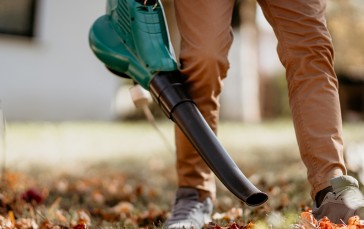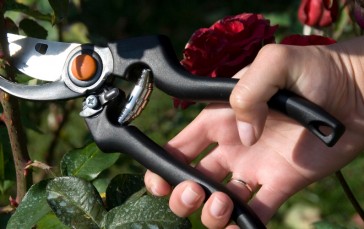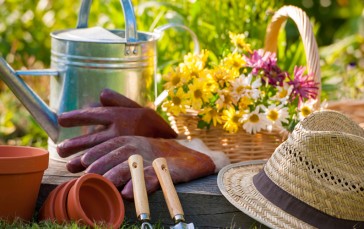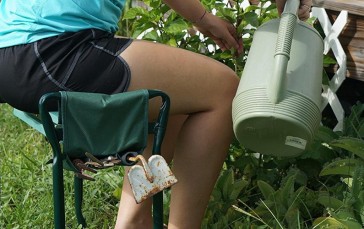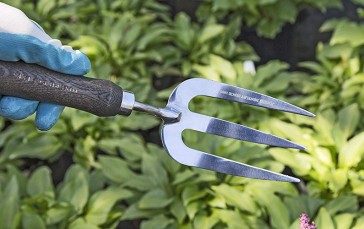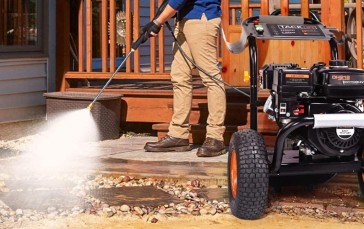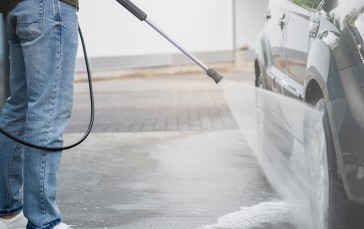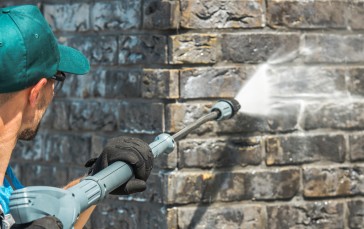Home Maintenance Tips For The Fall Season
Fall is a visually stunning time of year. The leaves turn into a riotous display of golden colors and the hot summer days are replaced by cooler ones. The warmer days we spent enjoying lots of fun outdoor activities are coming to an end and it’s time to start thinking of getting ready for winter.
One of the things most homeowners need to start thinking of is getting their homes prepared for the cold winter months. Fall is the ideal time to spend on a little home maintenance. The weather is still warm enough to get these things done and most will definitely make the winter months easier to get through. These 15 useful home maintenance tips for the fall season will make your home more comfortable, and let you stay warm and cozy when the chill sets in.
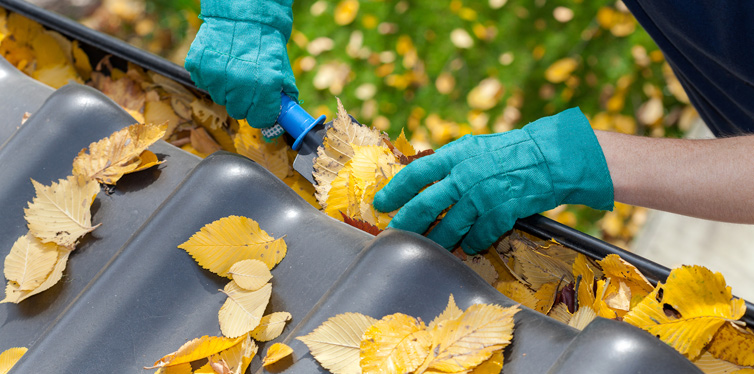
1. Check The Weather Stripping Of Your Doors And Windows
The winter season can be pretty miserable and a warm home is your sanctuary from the chilly winds that come with it. Your house should keep the warm air in and stop icy drafts from invading your comfortable interiors. Doors and windows are only as good as the weather stripping that seals these portals keeping the temperature in our homes at a pleasant level. Worn or loose weather stripping let the cold air in which will not only have you shivering under blankets, it can also add to your heating bill. Check the weather stripping and replace any that have become worn. While you’re at it, make sure your windows and doors close properly too.
2. Have Your Furnace And Heating System Checked
There is nothing more comforting than coming home to a nice warm house. The workplace may be warm enough, but the commute home may be cold and miserable. The worst time to discover there is something wrong with your furnace or heating system is in the middle of winter when you need it the most. Your furnace is the heart and soul of your heating system. Check your user manual and follow the instructions on getting your furnace and the rest of your heating system ready before you start using it for winter. If you discover any problems, or you’re not sure of what you should be checking for, call a professional maintenance service and have them check it for you.

3. Clean Your Chimney
Part of the charm of winter is enjoying time with family and friends in front of an open fire. What’s not to love? The fire looks amazingly hypnotic while you’re curled up on a fluffy rug with a warming glass of red wine. It’s the perfect way to end a winter’s day. Fireplaces are a wonderful thing, but they can also be a smoke hazard. The chimney funnels the smoke away from the interior of your home, but after months of warm fires, your chimney could become blocked. Soot can build up without warning and if your chimney is a little narrow, it can build up enough to inhibit the smoke’s ability to rise up and disappear through the chimney. The smoke has to go somewhere and if it can’t go up and out, it will go down and into your home. This can be potentially dangerous for the occupants of your home and the smoke and soot entering your home’s interior will stick to anything in its path. That means a huge, messy clean-up. Check the inside of your chimney and clean out the soot. You may also discover that a bird or rodent has made a nest in your chimney. This too will also need to be removed before you start using your fireplace.
4. Install Smoke And Carbon Monoxide Detectors
Regardless of how you heat your home, there is a possibility of a fire breaking out. Open fireplaces always come with a risk and even small space heaters have been known to short circuit and start burning. If you’re awake, you’ll be able to react quickly and get yourself and other occupants to safety. If you’re asleep, however, you may not notice there is a problem. What’s worse, any fire will devour all the available oxygen in your home and all the ensuing smoke is loaded with harmful carbon monoxide and other toxic substances. Fall is the perfect time to install smoke and carbon monoxide detectors. These devices can detect even small traces of these deadly toxins and will emit ear-piercing alarms that will wake you up so you can get to safety. If you already have these detectors in your home, check their batteries and test them to make sure they are working.
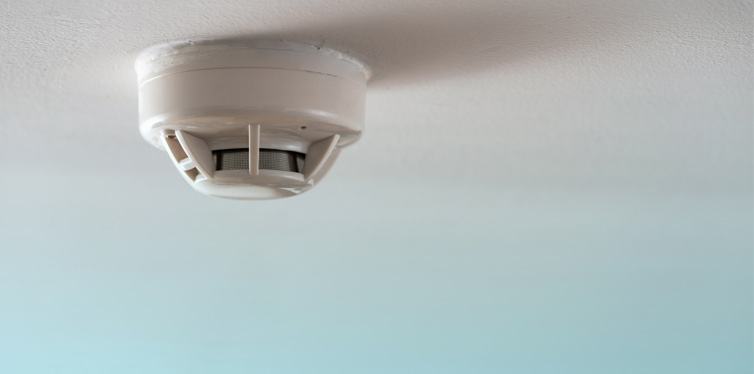
5. Check Your Insulation
Heating bills can be brutal and if the winter drags on longer than expected, these bills can mount up quite dramatically. The insulation you should have in your home stops the warmth you are enjoying in your home from escaping. By keeping the heat in your actual living spaces, you may be able to lower the thermostat and conserve some of that energy and keep your bills down to a minimum. Fall is the best time to check the insulation in your roof as you may already be heating your home. You’ll be able to check the efficiency of your insulation before the real cold starts.
6. Is Your Hot Water Hot Enough?
Cold showers are not such a big deal unless of course, you’re already cold. Winter is chilly enough without getting into a cold shower. In winter, we need extra warmth, particularly when we shower. If you feel you can’t get the water in your shower hot enough, there may be something wrong with your hot water system. Check your boiler and connections in the fall. Look for telltales leaks and any other damage and get a plumber in to make sure everything is working properly.
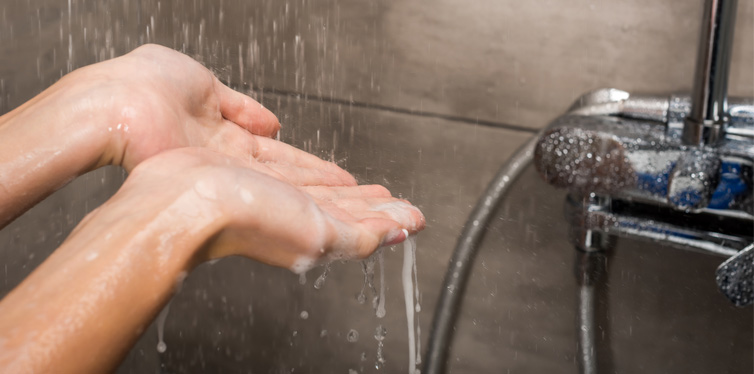
7. Close And Drain Any Outdoor Faucets
Frozen pipes are a nightmare for any homeowner. For one, the water supply to your home is blocked by the ice, and even worse, frozen pipes can burst causing hundreds, if not thousands of dollars of damage. Interior pipes very rarely freeze because homes are heated. However, outdoor pipes do. In most homes, the connection to the exterior and interior pipes is separated so you can turn off the supply to outdoor faucets in the fall before the winter freeze begins. Just make sure you open the faucets once you turn the supply off so that any water in the pipes drains out.
8. Clean Out Your Gutters
One of the pitfalls of the fall season is falling leaves. They may look charming on the ground, but there is nothing charming about guttering full of dead foliage. It can rain quite heavily in the fall and guttering full of leaves can become blocked. Instead of rainwater collecting in the gutters and flowing into the downpipes, it will leak over the gutters and possibly into your roof. Dry leaves in guttering are also a fire hazard, especially if you have a fireplace. A wayward spark from your chimney onto a pile of dry leaves can ignite quite quickly and this could be devastating. Clean the leaves out of your guttering for a hazard-free home. You can use a leaf blower, to make the job easier.
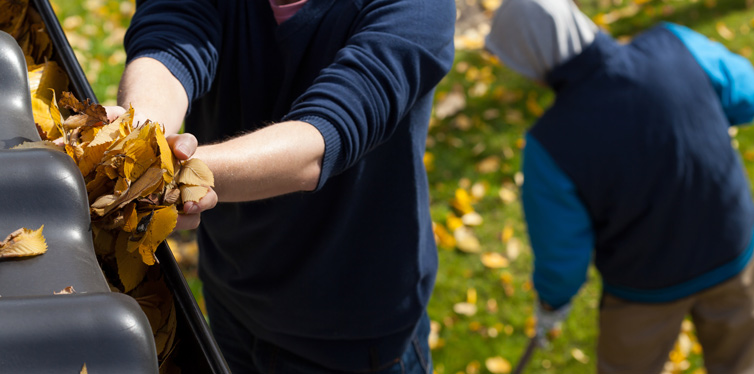
9. Put Away Outdoor Furniture
Outdoor furniture gets a lot of use during the warm summer months, but it is often forgotten and neglected during winter. As soon as the fall weather sets in, put your outdoor furniture into storage. Leaving out in the wind, rain, and snow will damage the furniture and if your area is exposed to high winds, the furniture can get tossed around causing damage to anything in its path. If you don’t have anywhere to put it away, cover it with the tarp and secure it to the side of the house where it won’t be a nuisance.
10. Trim Your Trees
The fall and winter are notorious for strong winds and while your house may be strong and solid, some of your trees may not be, Once all the leaves have fallen from your trees, trim any dry or loose branches. Not only will this little bit of maintenance improve the growth of your trees in the following spring, but it will also prevent any of these branches from being blown into the side of your house or into your windows.
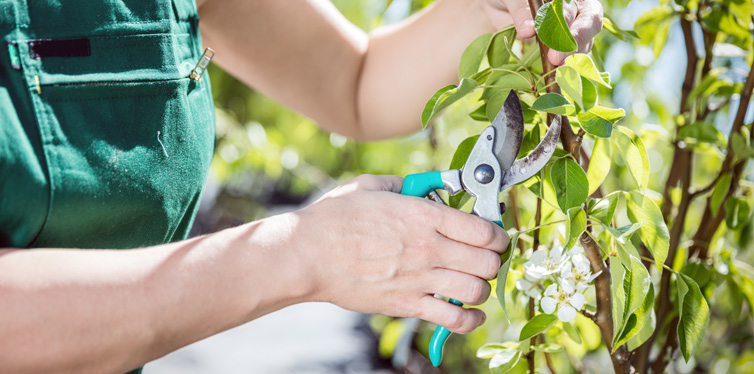
11. Tidy Your Yard
It’s highly unlikely you or your family will be spending a lot of time outdoors in the winter so in the fall you should put away anything you won’t be using until the following spring. That usually means things like toys, mountain bikes and other odds and ends. Also, rake up any leaves and mow your lawn with a lawn mower one last time before winter. The grass may not be growing over winter, but the root system will still be active, even under piles of snow. Doing all of these things in the fall means you won’t have to do them when it’s too cold to be working outdoors in the winter.
12. Seal Any Cracks In Your Driveway
That little crack in your driveway may not look like trouble, but you should still consider repairing any cracks during the fall season. In some areas, winters can be extremely cold, with overnight temperatures dropping to freezing levels. If you live in an area famous for snowy winters, the main concern is that snow tends to melt during the day and it freezes again during the night. The melted snow can get into the cracks and once it freezes, that icy water will expand and so will the crack. Seal the cracks during the fall and avoid an uneven driveway during the winter.
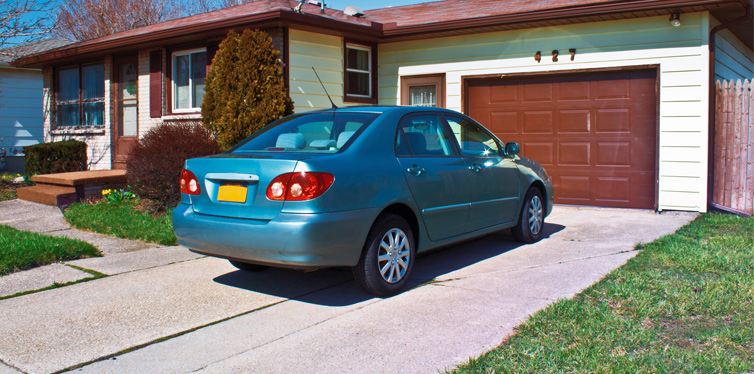
13. Get Your Roof Checked
Winter is the worst time to discover you have a leak in your roof. The tiles can become icy and that means slippery too. The fall season is the best time to check your roof before the weather gets too cold to be slipping around that high above the ground. Check for tiles that are cracked or have become dislodged. Also, check the peaks of the roof and repair any mortar that has chipped away.
14. Repair Any Holes In Your Home’s Exterior
When the frosty winds begin, your first instinct is to retreat to the warm interior of your home. Unfortunately, small animals may also be attracted to the heat coming from inside your home. If you don’t intend on inviting these unwelcome tenants you need to block any entrances they may find. During the fall you should take the time to walk around your home and look for any gaps or holes in your external walls. Patch these holes and gaps as soon as possible. Not only will you eliminate the possibility of rodents getting into your home, but you’ll also stop drafty air from getting in.

15. Stock Up On The Essentials
Winter is the worst time to realize you don’t have enough firewood or that you need a new snow shovel or other winter equipment. These are all things you need to have ready during the fall season. Check your woodpile and make sure you have enough to last through the winter. Also, check your other winter essentials like your snow shovel. Make sure your room heaters are working and safe and check that you have enough things like candles, flashlights and other emergency supplies. Disruptions to electrical supply are frequent in winter so you want to be prepared in the fall before these issues start.
The fall season is the best time to get your home ready for the long, cold winter months. Taking the time to implement these simple, but useful maintenance tips during the fall season will ensure you have a warm, safe and comfortable home when the weather turns icy. Take care of these things in the fall, and the only thing you’ll need to worry about in the winter is how many layers of clothing you need when you leave your cozy oasis.


